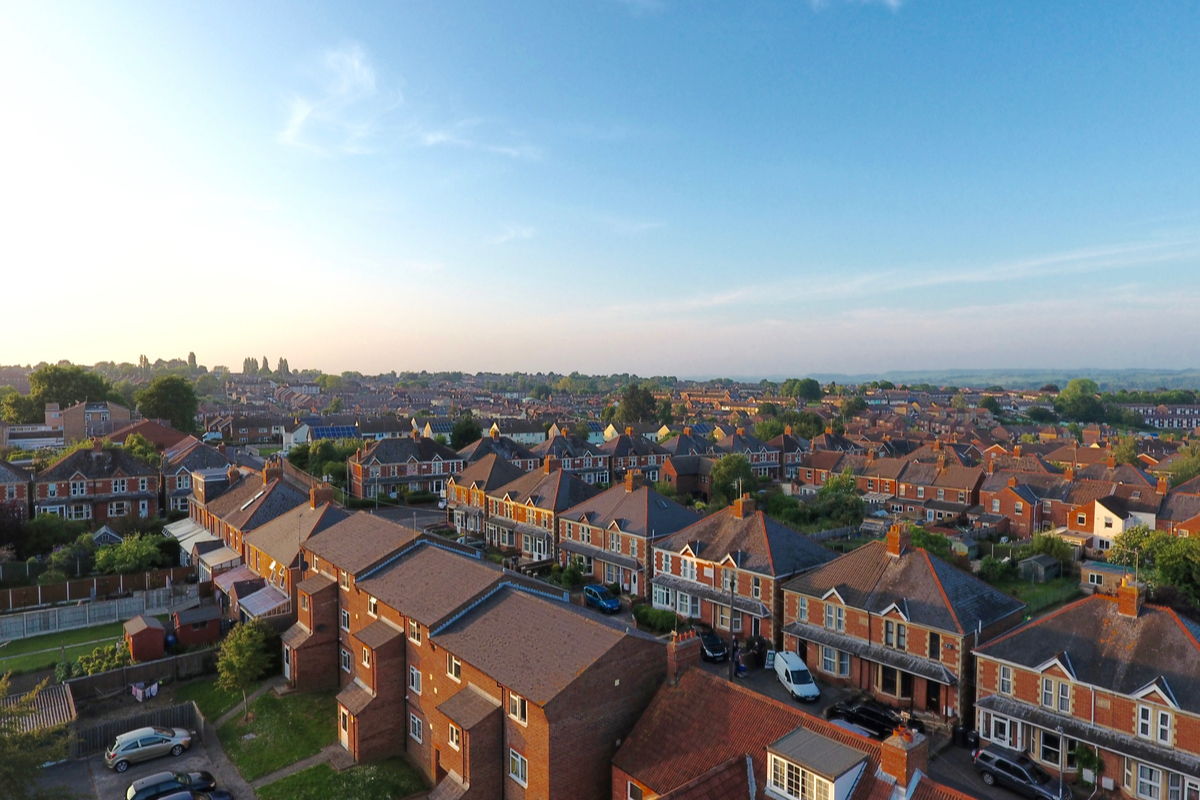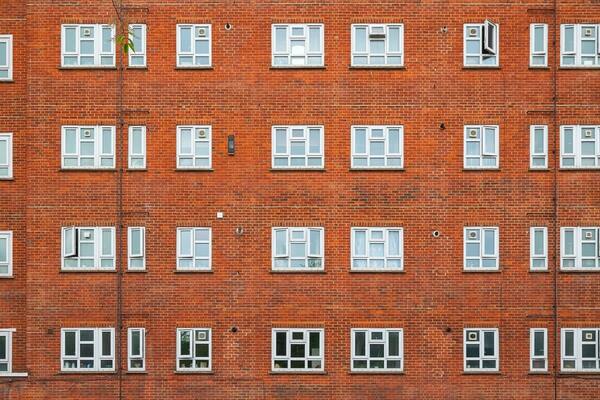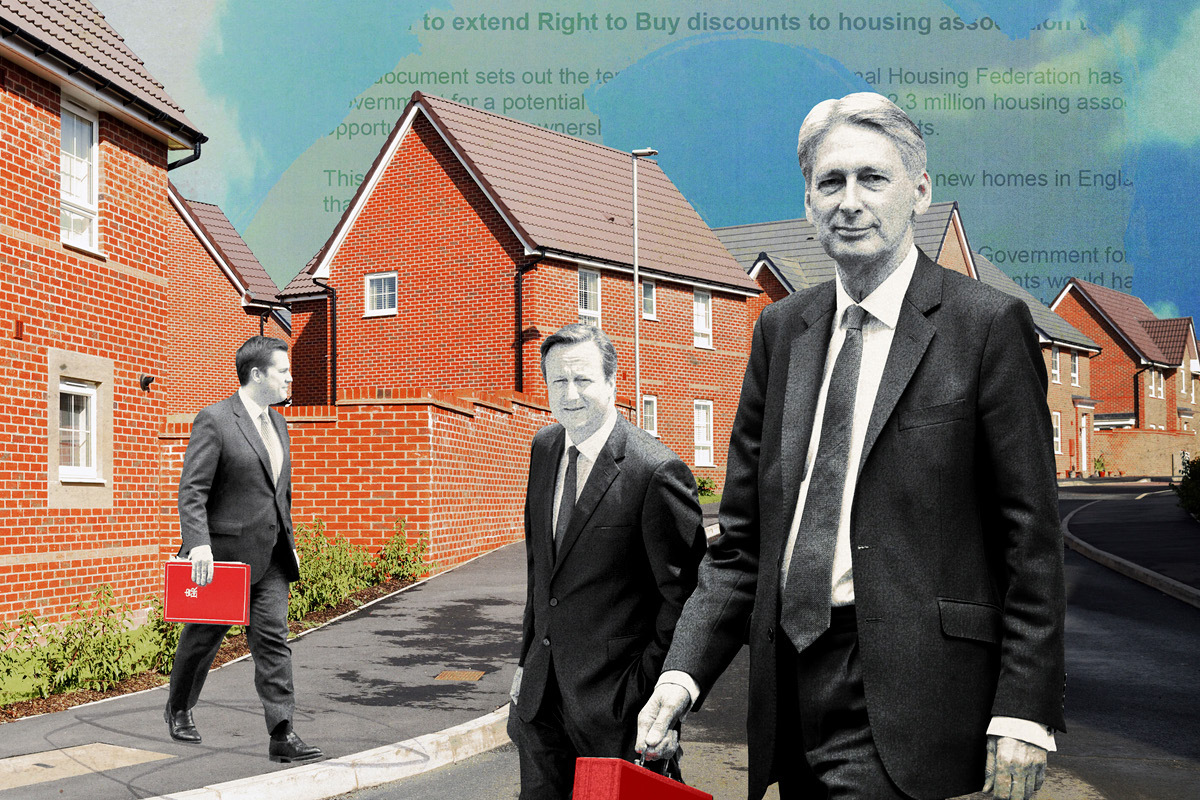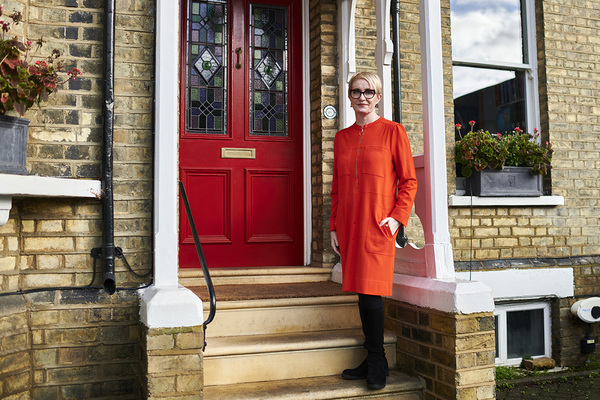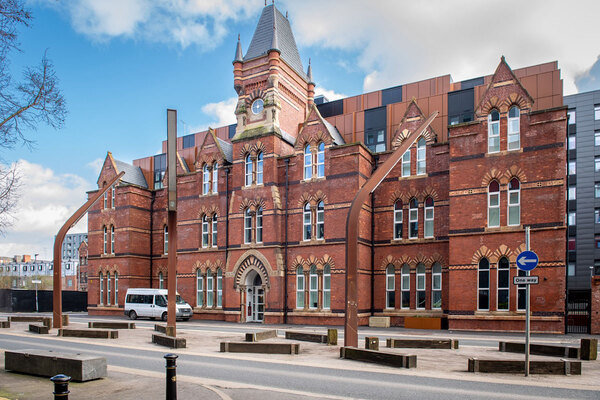You are viewing 1 of your 1 free articles

The Right to Buy changes are good but not good enough
Last week the government finally published its proposed changes to the Right to Buy policy. Chloe Fletcher explains that while the amendments are welcomed, it was a missed opportunity to go further
Finally the government has published its response to the messages on the Right to Buy (RTB) that the housing sector sent two years ago. I have been lobbying for change to the scheme for at least two decades and it is a relief to see some improvement to the way the policy works.
The changes will, I know, make a real difference straight away to some of our members and I wholeheartedly welcome them. Yet I cannot help but think that a great opportunity has been missed here. A braver approach could have done much more to make the RTB policy both sustainable for councils and equitable to everyone needing some help to buy their own home.
It’s true that councils will now have longer to use their receipts from council home sales before they are obliged to turn the cash over to central government. The three-year deadline – which, given the complexity of planning and finance, was all too often unfeasible – has been extended to five years. This will be a huge help to councils which have faced delays on building projects for the past 12 pandemic-stricken months. But this doesn’t help them find the smooth, certain finance any builder needs to deliver.
It’s also true that they will now be able to fund 40% of each new home they build from RTB receipts, instead of just 30%. However, we know from what our members tell us that it really needs to be more like 50% if they are to build the larger family homes at social rents that are so much in demand, or wheelchair-accessible and properly adapted homes that meet special and social care needs, or build to net zero carbon standards so that they don’t have to go back and retrofit in a few years’ time.
In its announcement of the RTB changes, the government said the policy “gives people from a broad sector of the community the opportunity to own their home”. That statement, however, reflects a reality that is 40 years out of date.
“A braver approach could have done much more to make the RTB policy both sustainable for councils and equitable to everyone needing some help to buy their own home”
Back in 1980, when the Right to Buy was first introduced, one third of the UK population did become eligible to buy the home they lived in – though it has to be remembered that this was only thanks to three decades of post-war investment in council building.
Today, only 7% of the population live in a council home, and even fewer people will get the chance of one in the next 10 years. Being in a position to buy a council home these days makes you part of an elite club that’s very, very hard to join.
The government said it “agrees that it is vitally important to continue to increase the supply of social and affordable housing” and that it believes “anybody who works hard and aspires to own their own home should have the opportunity to realise that ambition”.
I would like to ask the government to seriously consider an idea which could achieve both – a fundamental root-and-branch reform of the Right to Buy that builds in investment in new council housing stock. Not only would those who desperately need secure, decent housing get off the waiting list and out of temporary accommodation, more building would give more households the chance to buy their own home in the future.
The lifting of the debt cap by the last Conservative government and the confirmation of the new Affordable Homes Programme by the current one suggests local authorities should, in theory, be able to fund a significant increase in building council housing. But current RTB rules mean that homebuilding will still pose a significant financial risk for councils.
Take the following example of RTB maths. Under current calculation rules, a council that builds a house today would be obliged to sell it off in 15 years’ time with a discount of up to £112,300 in London and £84,200 elsewhere. This is likely to take the sale price below the build cost.
That’s not all. As we’ve seen, 60% of the build cost will have been borrowed, since RTB income can only fund 40% of the build, and the council will be paying that loan off for 15 to 25 years beyond the sale with no rental income to service the debt.
So a key change missing from this latest version of the RTB policy is an extension of the cost floor mechanism to 30 years, so that it at least covers the loan period most councils will have agreed to.
“As every economist knows, inflated demand leads to inflated prices and the result will be to raise that first rung on the homeownership ladder even higher and even further out of reach for many”
Changing the way discount is calculated would also significantly ease the financial risk councils are expected to shoulder. Research and analysis from Savills showed that if RTB discounts better reflected local housing market prices, it would be possible to find the sweet spot where tenants could still afford to buy but a larger sale price would both cover the council’s debt and fund new homes. And, in turn, new tenants of new homes would ultimately get access to the RTB.
Only six months ago, independent research commissioned by the National Federation of ALMOs, the Local Government Association and the Association of Retained Council Housing concluded that every 100,000 new social homes built would bring £14.5bn into the UK economy, creating 263,000 jobs.
The government said it wants to increase build rates and get value for money for public funds. Yet this tentative and partial reform does nothing to stop public money being channeled into demand-led subsidies for owner-occupation. As every economist knows, inflated demand leads to inflated prices and the result will be to raise that first rung on the homeownership ladder even higher and even further out of reach for many.
A few more well-judged adjustments to the Right to Buy policy really could provide the financial security that councils need to build more homes without taking the right to buy away from anyone – in fact, more would benefit. Surely this would be a win-win for everyone, both now and in the future, as we battle our way out of the coronavirus pandemic.
Chloe Fletcher, policy director, National Federation of ALMOs
